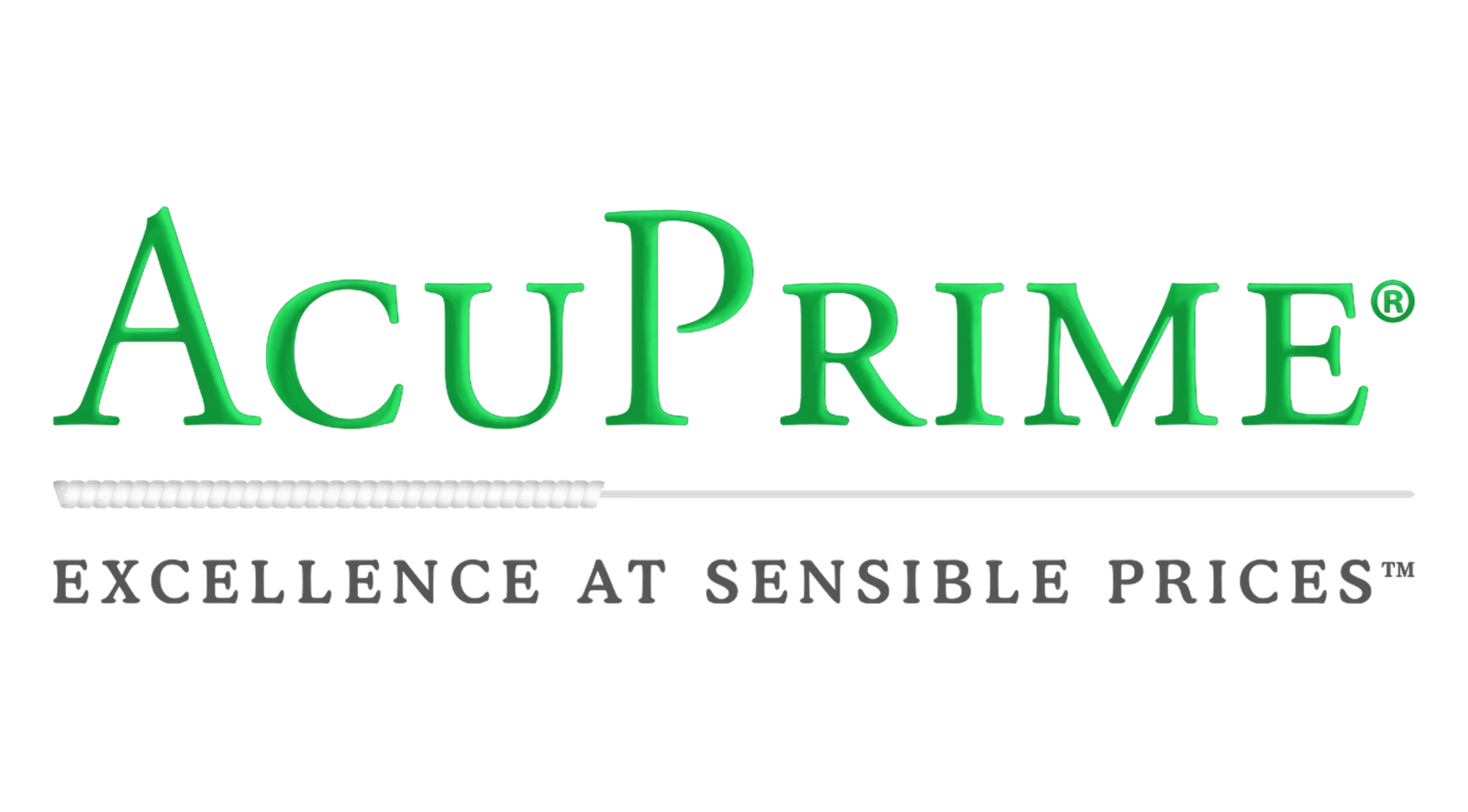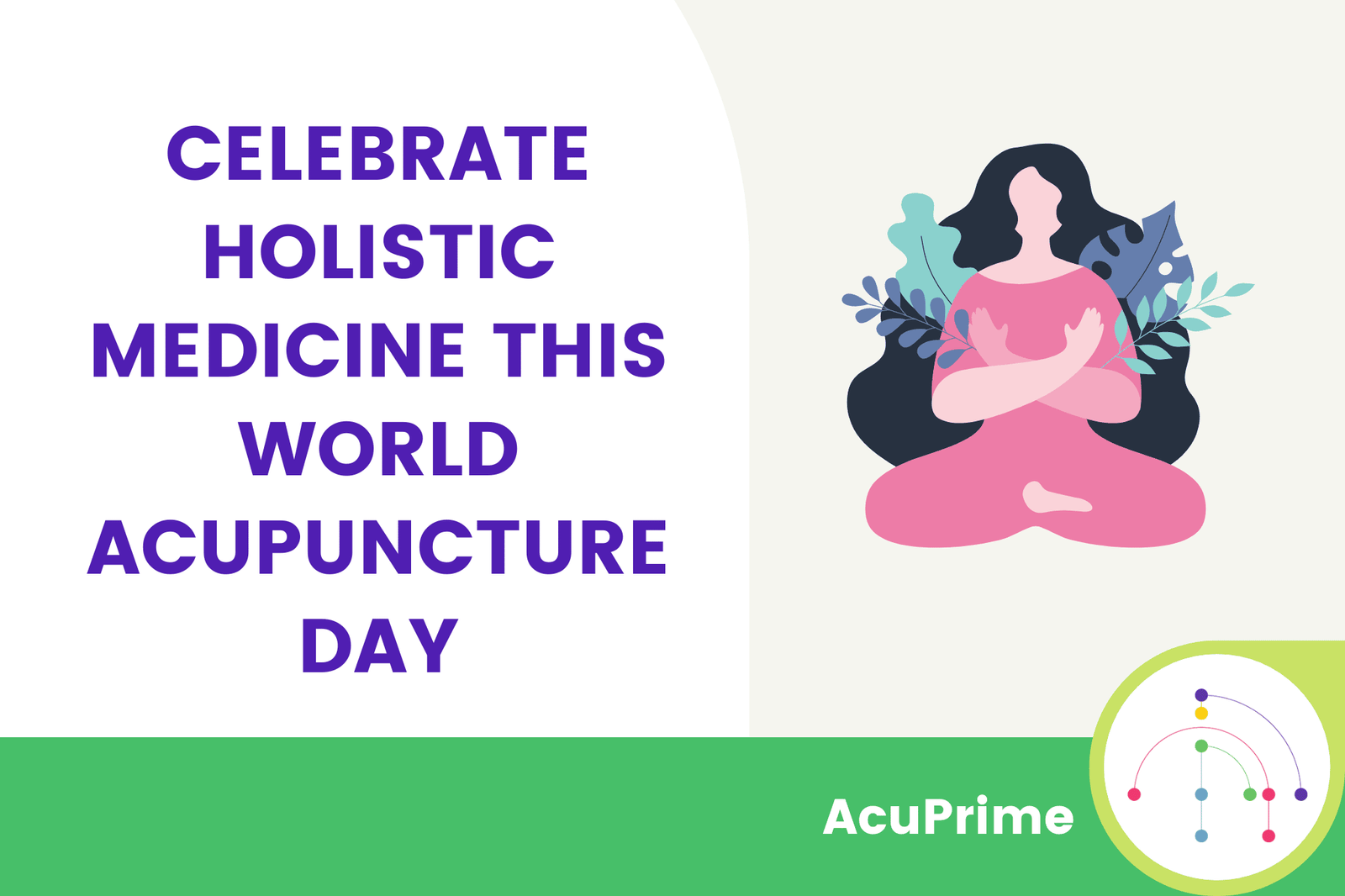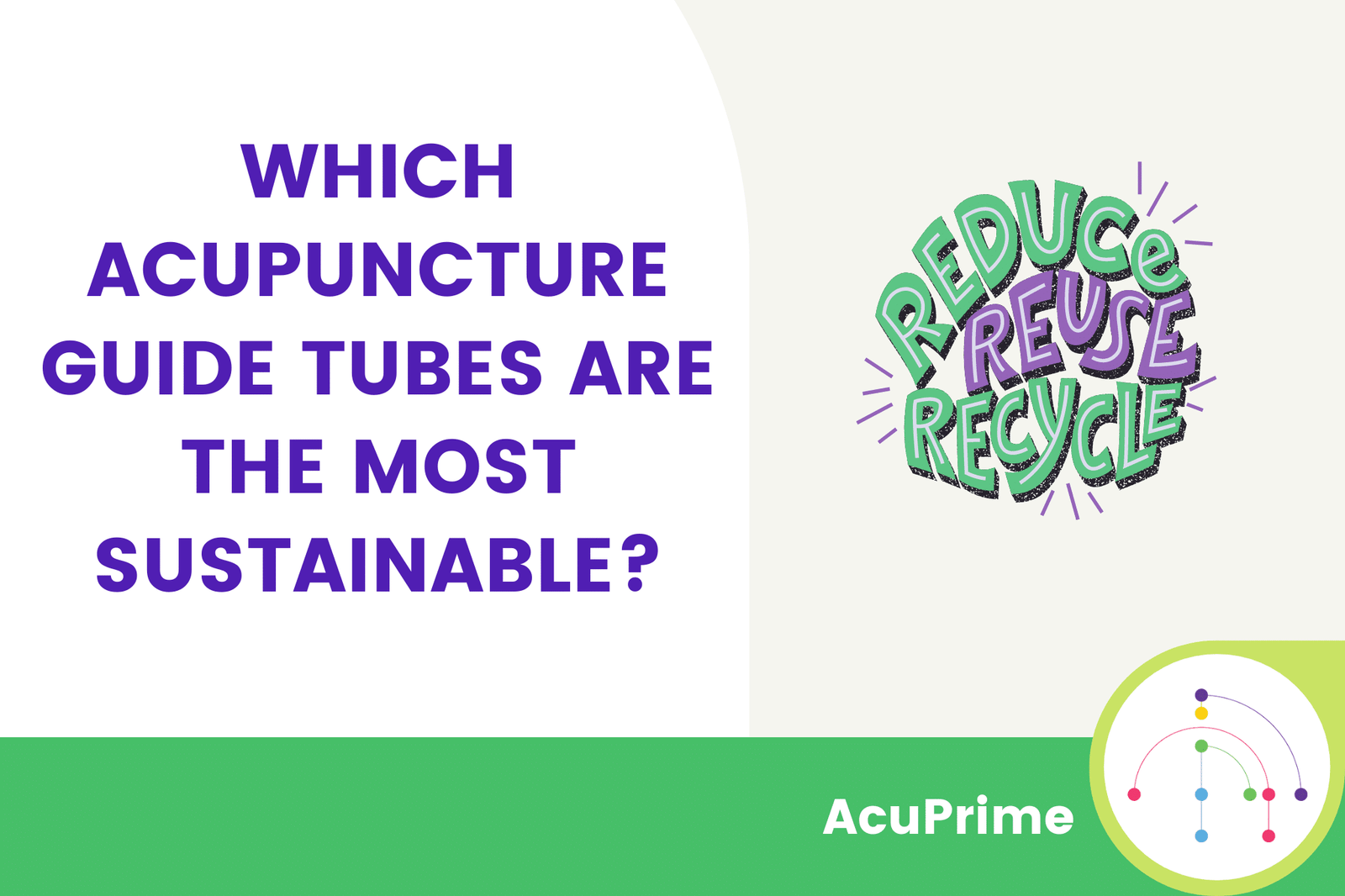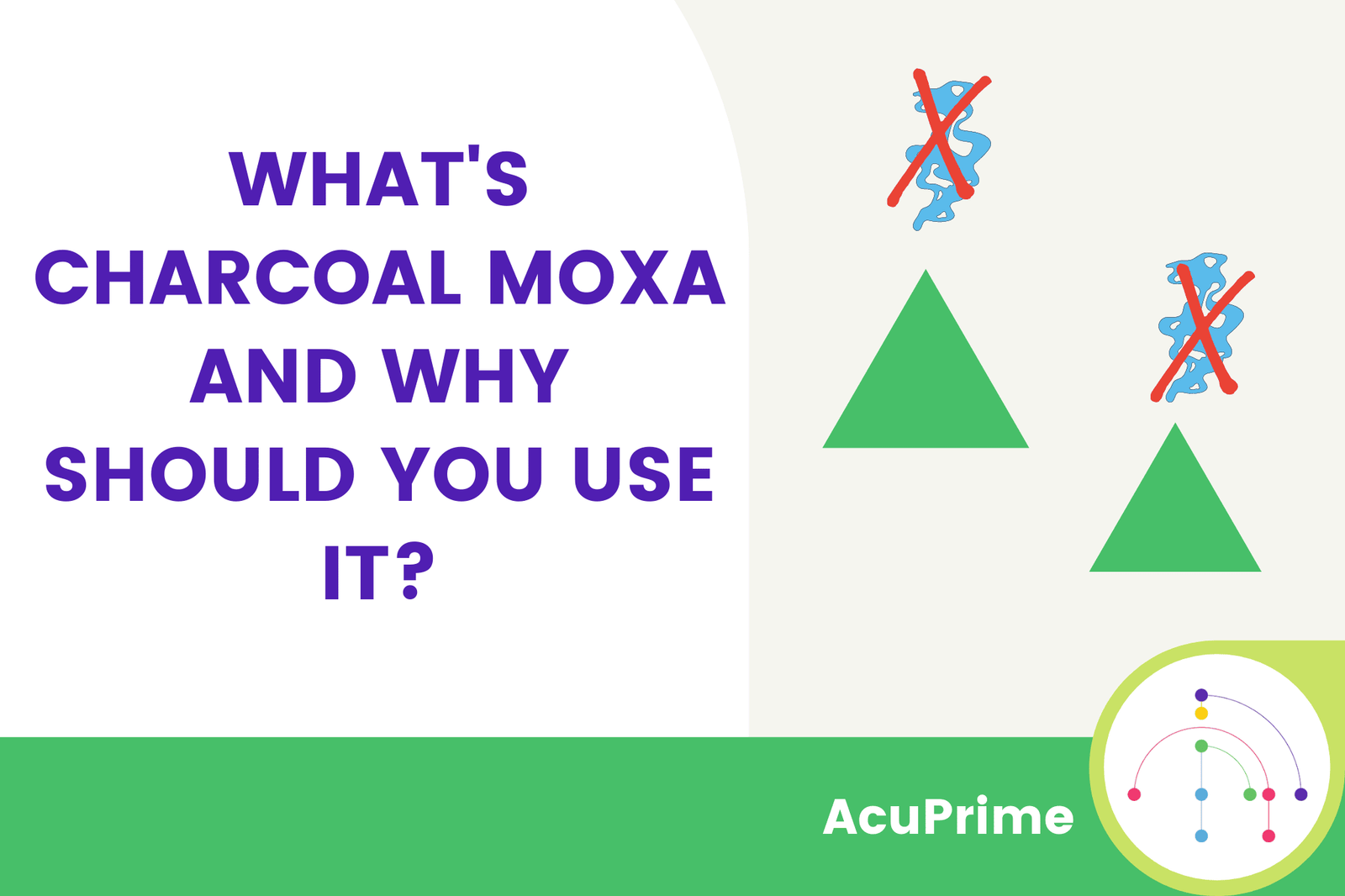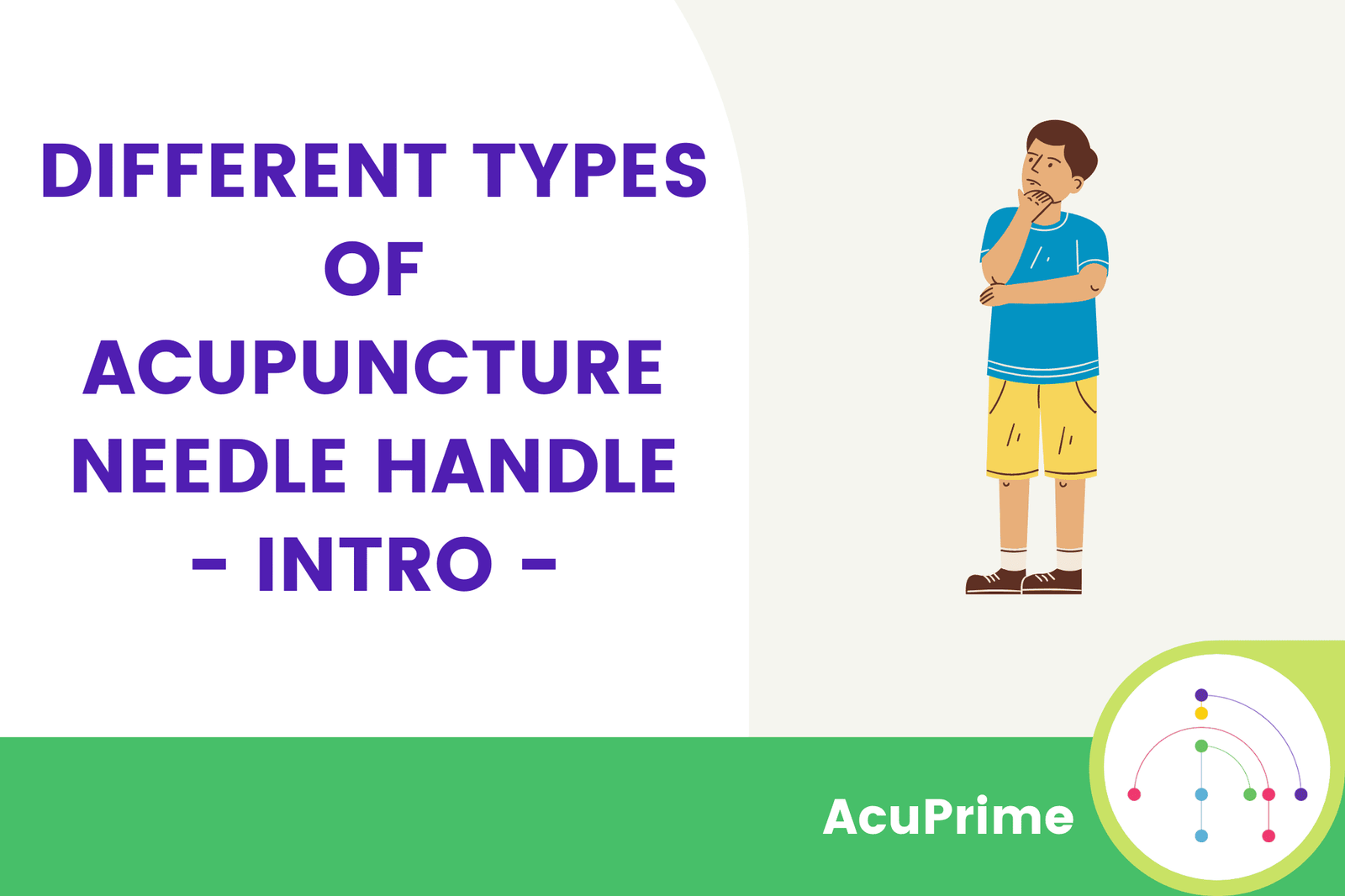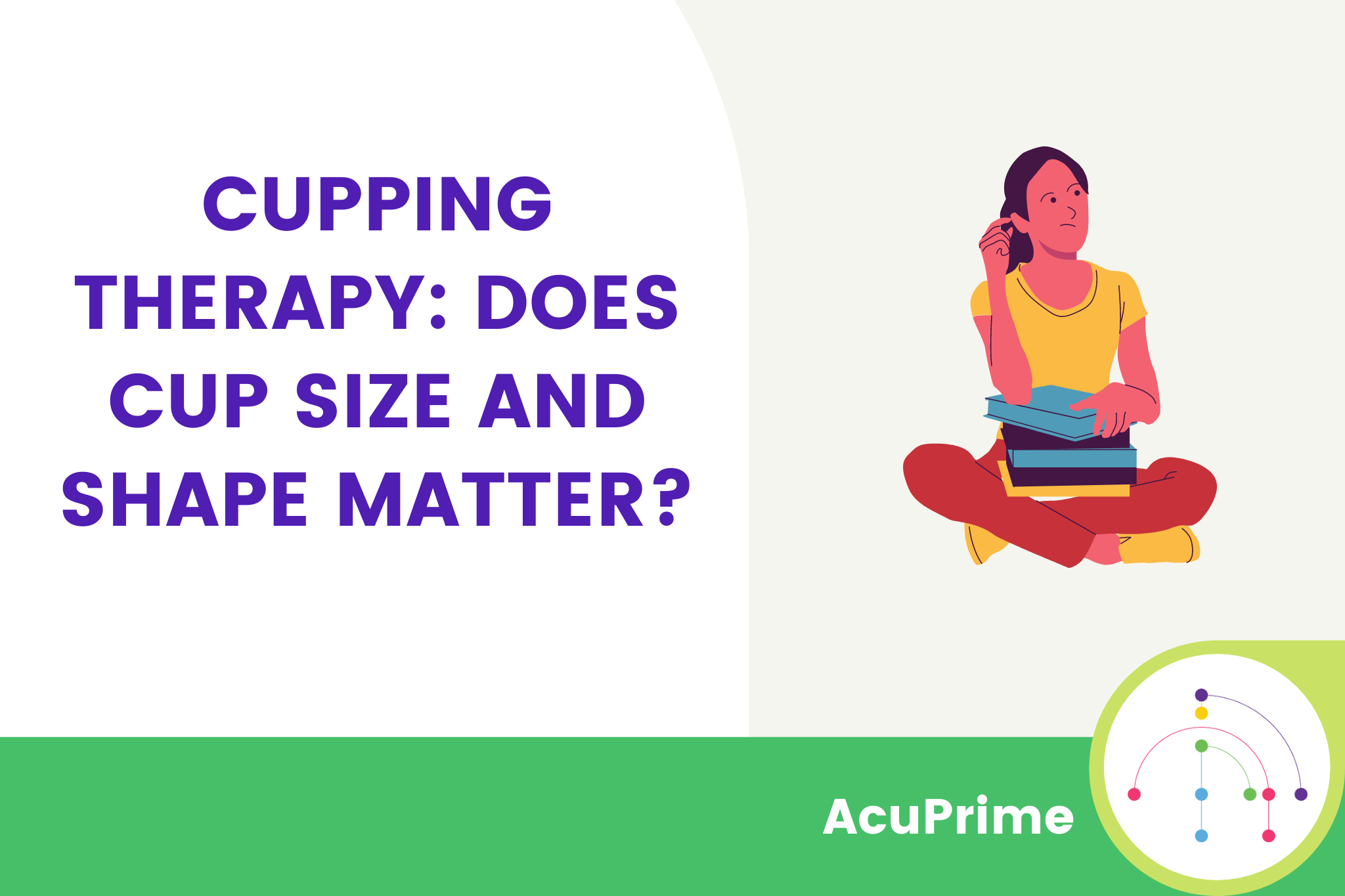This ancient Chinese practice has become incredibly popular throughout the West in both its traditional and Western forms. If you’re considering training as an acupuncturist or are already qualified and want to offer it in your clinic, you’ve picked the right time to do it. Across the West, acupuncture is being adopted by national health services and the general population alike.
What we’ll be looking at today is why this complementary health practice is becoming so popular and why it fills a large gap in existing healthcare services.
A holistic approach
Traditionally, Western medicine has been orientated around treating a specific issue without looking at the wider body, lifestyle and overall health of the patient. A foot injury will be diagnosed and treated but it’s unlikely that the patient will be asked about their activity levels, diet and stressors. Why? Often because clinicians are limited by time, money and education. We simply lack a holistic approach in Western medicine.
Treating the issue only is no bad thing and this approach has lead to many incredible leaps in medicine, healthcare and effective treatments. But it’s only one half of the story and that’s where alternate health and complementary therapies come in.
Acupuncture has been used for thousands of years in China and often involves needling, although acupressure and non-invasive acupuncture are integral parts of the practice too. Acupuncturists look at the immediate issue in hand and then look at the patient’s overall health, lifestyle and other relating factors before creating a treatment plan.
Why?
Think about it like this. If your windowless shower room kept going mouldy and you contracted a bathroom fitter to redo the grouting, they’d be remiss to not advise you also install an extractor fan to prevent the mould from coming back. Sure, regrouting would solve the black grout in the short term but without addressing the underlying problem – a perpetually damp bathroom – your issue will keep coming back.
Acupuncture is a holistic practice that aims to treat the underlying problem, solving the immediate issue in doing so.
What acupuncture brings to the table
Acupuncture in particular offers more than actual, physical treatment. It offers the time and space for patients to acknowledge what they’re suffering with and exercise self-care. Acupuncture treatments first involve an in-depth consultation. In a world of Western medicine, patients visiting a GP will likely have a tiny window of time, a few minutes perhaps, to describe their symptoms. They’re likely to feel great pressure to stay on topic, dismiss anything they deem not relevant, and not wish to use up their GP’s time.
This attitude is understandable: time is limited in the healthcare world. But it’s ultimately detrimental to patients as they’re forced to make their own decisions about what is relevant and what isn’t, allowing for misdiagnoses and unclear communication. With acupuncture’s well-known lengthy consultations, where patients might be describing their lifestyles and issues for half an hour or far longer, there’s plenty of time to ensure nothing is missed.
Professional acupuncturists are trained to ask the questions that will get to the bottom of seemingly random issues. From diet and sleep to fitness, environment and stress levels, acupuncturists can get a rich picture of why their patient might be suffering.
There’s a further beneficial layer to this consultation as well: this might be the first time the patient has felt they are able to talk about their health in-depth and be listened to. It’s hard to describe just how much of a relief it can be to have the space to talk about health, stress and lifestyle.
After the consultation and treatment plan, the acupuncture treatment itself can last anywhere from fifteen minutes to an hour (or more with semi-permanent acupuncture). This is another chunk of time where the patient can stop, release tension and take some time for themselves and their bodies. When you think about it, how often does this opportunity arise?
Offering acupuncture
Acupuncture is a holistic practice that takes into account a patient’s entire history and current issues, giving them the space and time to fully lean into treatment and be cared for. It’s a powerful tool that can be used alongside excellent Western medicine and its popularity is only on the rise.
Are you considering offering acupuncture in your practice? Take a look at our acupuncture pages for more insights into this line of work.
